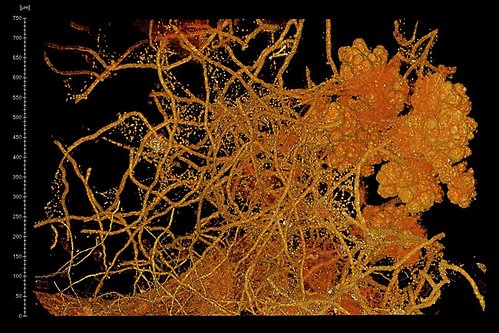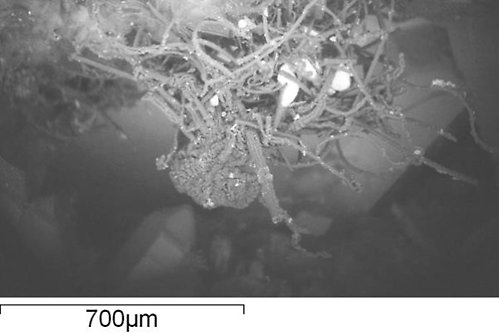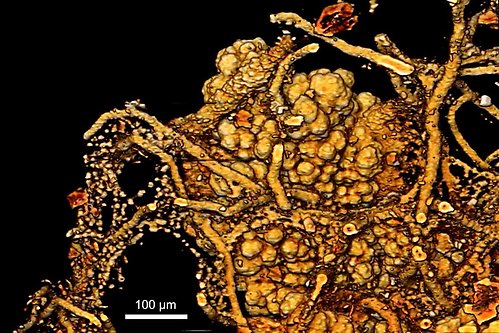Unexpected detours lead to new discoveries
Magnus is a researcher at the department of Palaeobiology. His research focuses on the deep biosphere in the depths of the ocean floors.
— A significant portion of Earth's microorganisms are believed to live in the ocean floors, but we have very limited knowledge about them. By studying fossil microorganisms from these environments, I'm trying to understand their distribution, diversity, and ecological role, Magnus explains.
He studies microfossils from both current ocean floors and older ones because the origin of life can be traced back to the ocean floor of early Earth. Magnus also studies the deep biosphere on land, in connection with hydrothermal activity and in impact craters.
I've been curious since childhood.
Magnus's career path began early:
— I've been curious since childhood and have had a great interest in nature, so it's probably no coincidence that I ended up where I am today. When I later completed my university studies, I knew I wanted to continue in research; it was clear to me.
What Magnus finds most interesting about his profession is being able to follow his curiosity freely and see where it leads:
— Usually, when researching something, it's the unexpected detours that lead to new interesting discoveries. Following these paths is incredibly exciting and a privilege few are granted. The moment in my career that meant the most to me was probably when my colleagues and I realized that the fossils we had long studied from the ocean floor were actually fungal fossils. Discovering that fungi were so widespread underground, on the ocean floor, and so far back in time was a fantastic discovery. The fungal fossils were 2.5 billion years old.
Other assignments:
Board member of the Astrobiology Centre at Stockholm University (ABC)
Contact details

Magnus Ivarsson
Researcher
Paleontology
magnus.ivarsson@nrm.se




